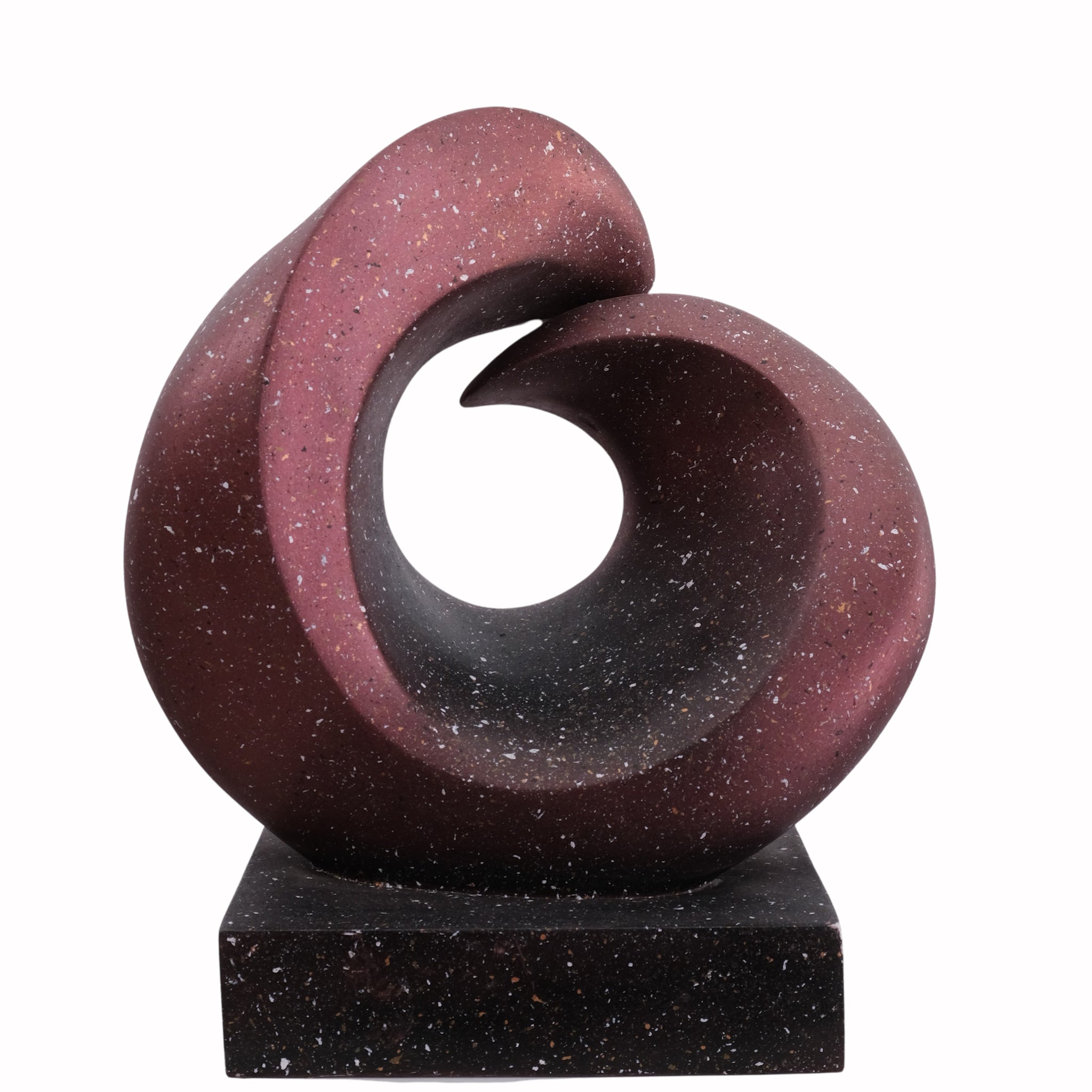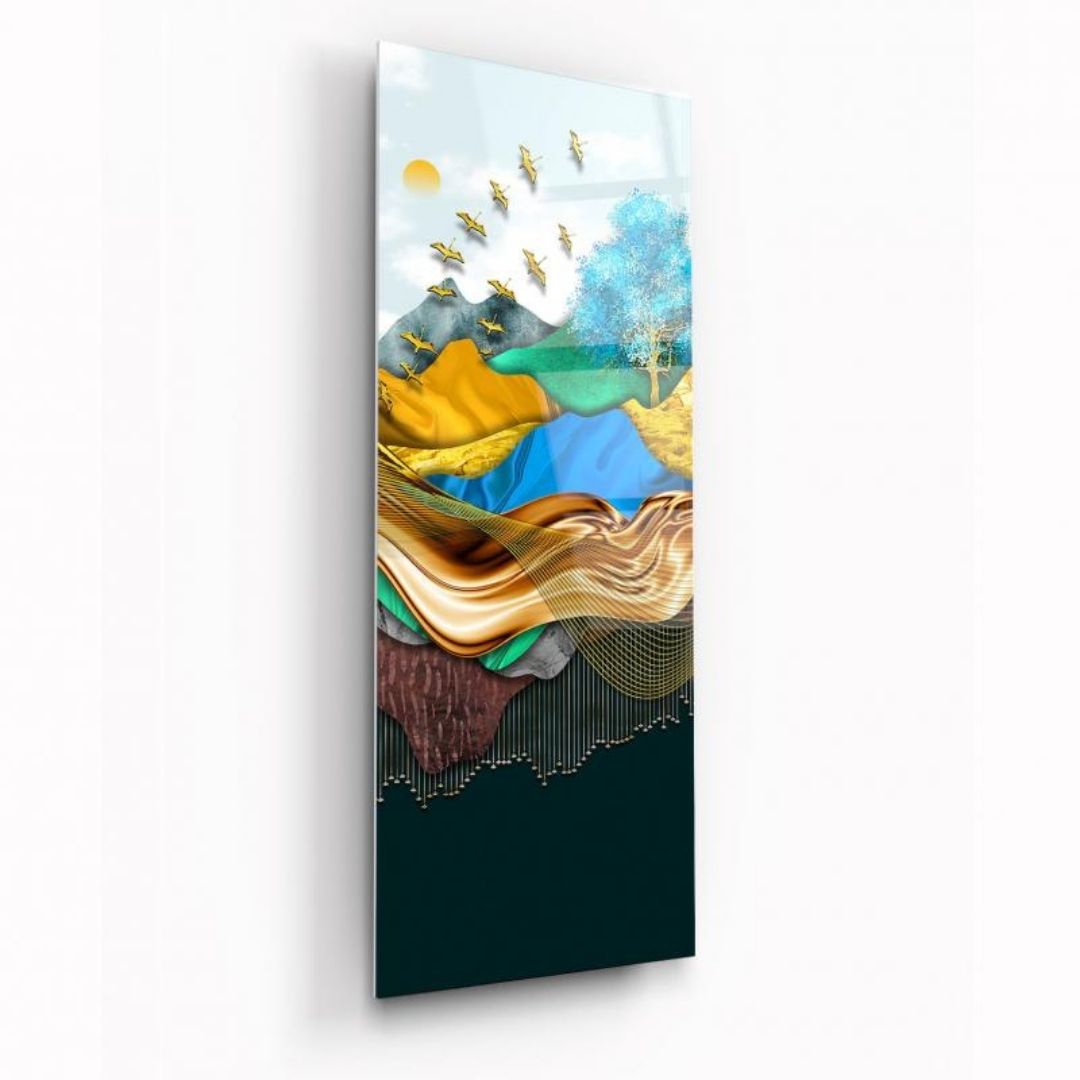
The human body has always been a source of inspiration for art. However, the norms regarding its portrayal have a complicated history that evolved through time and different art movements. Whereas some of the most famous artworks depict nude representations of the human body, artists often needed to challenge social norms to produce them.
The depiction of the female body was often even more controversial than the male body. From antiquity to the modern day, opinions about the female nude dramatically changed. This change was closely related to the social and political tendencies of the era. If you want to learn more, let's discover female nudity in European art together!
Nudity In Antiquity

Figure 1. A terracotta statue of Persephone.
In antiquity, different societies had opposing opinions on human nudity. Ancient people of the Near East and Asia Minor saw nudity as a shameful thing. Greeks, however, regarded male nudity as empowering, inspirational, and even divine. Herodotus, a prominent ancient Greek historian, records this difference in his work Histories with these words:
« For with the Lydians, as with most barbarian races, it is thought highly indecent even for a man to be seen naked. »
Nudity in Ancient Greek art was acceptable, yet only in the male form; female nudity, on the contrary, was degrading. Whereas nude statues and sculptures of men ornamented Greek houses and temples as symbols of power and glory, naked women only appeared in art as prostitutes or victims of violence.
Praxiteles and Romans
Figure 2. Knidian Aphrodite had a positive effect on the general opinion regarding female nudity. © Vitold Muratov
Ancient Greek opinion on female nudity started to change when a sculptor named Praxiteles carved the first naked image of the goddess of beauty and fertility, Aphrodite. Although the statue, known as the Knidian Aphrodite, was initially controversial, people tolerated it since it depicted a Goddess, not a mortal woman.
Even though the nude portrayal of Aphrodite had a positive effect on general opinion, people still disapproved of the nude depiction of mortal women. The image of a woman's bare body was now only acceptable within either a sexual context that solely served the male viewer's pleasure or a religious one.
Under Roman rule, nudity in art became less common, even for men, since Romans were less tolerant of it. Nevertheless, during the imperial era of Rome, the nude depiction of women was no longer solely limited to sexual and religious contexts. Even commissioning nude statues of themselves became a thing among noble women.

Figure 3. Ancient Roman relief carving of a midwife. Although Romans didn’t favour nudity, they didn’t limit artists to portray nude women solely within certain contexts.
After the Rise of Christianity

Figure 4. An illuminated parchment, Spain, c. 950-955 CE, portraying Original Sin that caused the Fall of Man.
With the fall of Rome and the rise of Christianity in the 5th century CE, nude depictions of people decreased dramatically. In this era, the Catholic Church used paintings to teach commoners about their religion. Therefore, most artworks produced in the era focused on Christian themes, which didn't approve of nudity.
In the Middle Ages, human nudity was a rare theme in art. The Original Sin, a doctrine that focuses on the first sin committed by Adam and Eve, was almost the only reason an artist could freely portray human nudity. And the depiction of both male and female nudity in any other context was discouraged by the Church.
During the Renaissance

Figure 5. Birth of Venus by Botticelli.
At the beginning of the Renaissance, the portrayal of nude bodies became widespread again. With the rise of Humanism and the growing interest in classical works, artists often portrayed nude male figures as the perfect example of the human form. However, female nudity was still mostly limited to religious contexts and was controversial.
When Botticelli's Birth of Venus was the first depiction of a naked woman in Renaissance art without a religious context, it served as a model for many artists of the era. After his work, nude female characters became more commonly depicted in mythological scenes.
The Mannerist movement of the 16th and 17th centuries, initiated by prominent artists such as Michelangelo, freed nude portrayals of women from religious and mythical constraints. Although Mannerism didn't depend on classicism for themes, it was highly influenced by mythology. With the rising popularity of exaggeration and eroticism in art, a more erotic form of female nudity became depicted in many different contexts.

Figure 6. Venus, Cupid, Folly and Time by Agnolo Bronzino.
Romanticism, Realism and A Dramatic Change
Romanticism was a movement that abandoned Classic themes in art and focused on a more realistic representation of the human body. Realist painters like Gustave Courbet and Francisco de Goya marked the era with their explicit depiction of female nudity in its most natural form.

Figure 7. L'Origine du Monde by Gustave Courbet.
In this period, Romanticist painters often rejected the academic norms of art and often challenged its limitations. One of the best examples of this was L'Origine du Monde by Gustave Courbet, which caused a scandal with the public and the salons for displaying female genitalia without censorship.
Naked Women of Foreign Lands: Orientalism

Figure 8. Jean Auguste Dominique Ingres, La Grande Odalisque, 1814. One of the most famous examples of the female nude in Orientalist art.
In the 18th and 19th centuries, Orientalism was the only way to depict female nudity for those who didn't want to be limited to religious and classicist contexts or go against the academic norms of the time. The most famous examples of Orientalism often portrayed nude female figures in a highly erotic way.
19th Century and Impressionism
With the emergence of the Impressionist Movement at the beginning of the 19th century, explicit female nudity in art started to become more accepted. One of the most famous and controversial works of the era that had a significant impact on the movement’s perception of nude was Manet's Olympia.

Figure 9. Olympia by Manet.
In the painting, we see Olympia, a prostitute, all naked in a reclining pose. Although similar depictions of women were common at the time, something about the painting caused quite a sensation. It was how Olympia was comfortable with exposing her body with all its splendour. She doesn't seem surprised or ashamed.
Darker and More Macabre: Expressionism
The German Expressionist movement marked the early 1900s. Expressionism was affected by the atrocities of the two world wars and had darker themes compared to the previous movements. Paintings weren't portraying glorious heroes of ancient times or aesthetic nudes of men and women anymore. Although the depiction of the female body wasn't controversial anymore, the themes surrounding it grew darker and more macabre.

Figure 10. Reclining Nude by Egon Schiele, 1910.
Schiele's Reclining nude is a good example of the female nude in the German Expressionist movement. In the picture is a female body; her face isn't visible, and with her gaunt figure and distasteful posture, the woman resembles a dead body. Reclining nude also gives the impression of discomfort and even agony, just like many other paintings of Schiele.
In Contemporary Art

Figure 11. Message d'Espoir by Hildegarde Handsaeme, 2003.
Following WWII, art grew increasingly individualistic. With the Pop Art movement such as neon art, the female nude became expressed in various ways and contexts. Although depicting the naked female body is no longer taboo as it once was, female nudity in art is still argued as pornographic rather than artistic.
Although art has always faced restrictions or challenges throughout history, it has helped us express ourselves, voice our ideas - and decorate our living spaces. If you want to find the perfect artwork for your home or the best gift for your loved ones, look no further than Artchi's vast collection of sculptures and paintings. Plus, for those who don't have enough space for large sculptures, Artchi also offers arty incense burners and charming candles.






Leave a comment
All comments are moderated before being published.
This site is protected by hCaptcha and the hCaptcha Privacy Policy and Terms of Service apply.